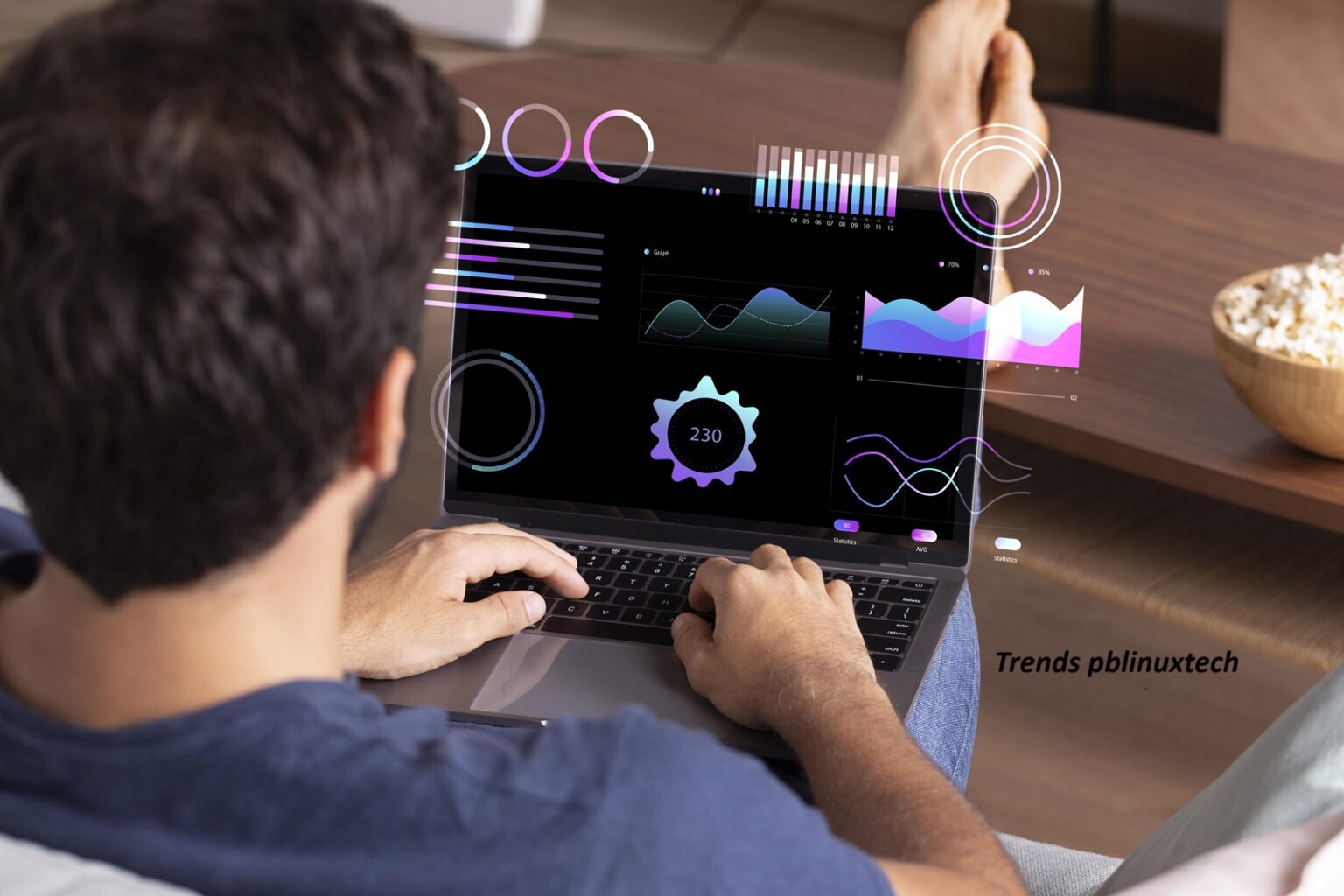Introduction
Trends pblinuxtech has become a popular term for people who want to understand the evolving world of technology. In today’s digital-first era, staying updated with tech developments is no longer optional it’s essential. From artificial intelligence to cybersecurity and automation, knowing what’s trending helps individuals and businesses make smarter decisions.
By focusing on trends pblinuxtech, readers can explore not just the definition of tech trends, but also how future trends arise and impact society. Whether you’re a student, a professional, or a business leader, understanding these concepts provides a roadmap to adapt, grow, and stay competitive in a rapidly changing landscape.
What is Trends pblinuxtech?
Trends pblinuxtech refers to a specialized way of analyzing and explaining emerging patterns in technology. It combines the idea of observing new developments (trends) with technical insights often associated with the Linux and open-source community. This approach goes beyond just reporting news it emphasizes practical understanding, predictions, and application of technological movements.
Essentially, trends pblinuxtech works as a lens through which we can study innovations like cloud computing, artificial intelligence, blockchain, and smart devices. By doing so, it makes complex technologies more understandable for both experts and beginners.
What is the Meaning of Tech Trends?
The term “tech trends” describes the major directions in which technology is moving. These are not random occurrences but patterns of change driven by research, consumer needs, and market evolution. For example, the rise of mobile applications in the late 2000s was a significant tech trend that reshaped how people communicate, shop, and work.
Some examples of current tech trends include:
- Artificial Intelligence (AI) and Machine Learning
- Internet of Things (IoT)
- Cybersecurity advancements
- Augmented Reality (AR) and Virtual Reality (VR)
- Green technology and sustainable innovation
By studying these, people can predict how industries will evolve and prepare accordingly.
What is Meant by Future Trends?
When we talk about future trends, we’re looking ahead to developments that haven’t yet fully matured but show strong potential. Future trends indicate where industries are heading and what technologies may dominate tomorrow’s world.
Examples of possible future trends include:
- Quantum Computing: Transforming problem-solving and data processing.
- 5G and Beyond: Enabling faster, more reliable connectivity.
- Bio-Technology Integration: Using technology in healthcare and agriculture.
- Autonomous Systems: From self-driving cars to automated industries.
Understanding future trends ensures that businesses, researchers, and individuals don’t just adapt to changes but anticipate and prepare for them.
How Do Trends Happen?
Trends don’t appear overnight they follow a process influenced by innovation, demand, and adoption. The lifecycle of a trend often looks like this:
- Innovation Stage: Researchers or companies introduce a new idea or product.
- Early Adoption: A small group tests and embraces the technology.
- Mainstream Adoption: Larger audiences accept it, making it a common part of daily life.
- Global Expansion: The trend spreads across industries and countries.
For example, cloud computing began as a niche idea but quickly expanded as companies realized its cost-saving and efficiency benefits. Now, it’s a global standard.
Why Trends pblinuxtech Matters in the Modern World
The digital revolution is transforming every industry, from education to healthcare. Trends pblinuxtech matters because it breaks down these transformations into digestible insights. Instead of being overwhelmed by the pace of change, people can rely on structured explanations of what’s important and why.
By focusing on trends pblinuxtech, professionals gain the ability to:
- Forecast future opportunities.
- Reduce risks by staying prepared.
- Identify which technologies are worth investing in.
- Build strategies aligned with global innovation.
Examples of Recent Trends Highlighted by pblinuxtech
- Cloud Adoption: Companies moving their operations online.
- Remote Work Tools: Growth of Zoom, Microsoft Teams, and Slack.
- Cybersecurity Solutions: Rising importance of protecting personal data.
- Automation: Using robotics and AI for efficiency.
These examples show how trends influence everyday life and business operations.
The Connection Between Tech Trends and Future Trends
While tech trends focus on current shifts, future trends look further ahead. Trends pblinuxtech acts as the bridge connecting both. By studying present changes, we can reasonably predict where industries are headed. For instance, the current trend of AI-driven chatbots suggests a future where digital assistants will manage most customer service interactions.
How Businesses Can Benefit from Trends pblinuxtech
Businesses that follow trends pblinuxtech gain a competitive advantage. They can spot opportunities earlier, avoid outdated practices, and align their growth with technological progress. Some direct benefits include:
- Improved decision-making with data-driven insights.
- Enhanced customer experiences through innovation.
- Cost savings by adopting efficient technologies.
- Future-proofing against disruptions.
Conclusion
Trends pblinuxtech is more than just a buzzword; it’s a powerful tool for understanding and adapting to technological change. By exploring what tech trends mean, how future trends develop, and the process of how trends happen, readers gain clarity in an otherwise complex world. In a time where industries are being reshaped faster than ever, staying informed through trends pblinuxtech ensures not just survival, but growth.


